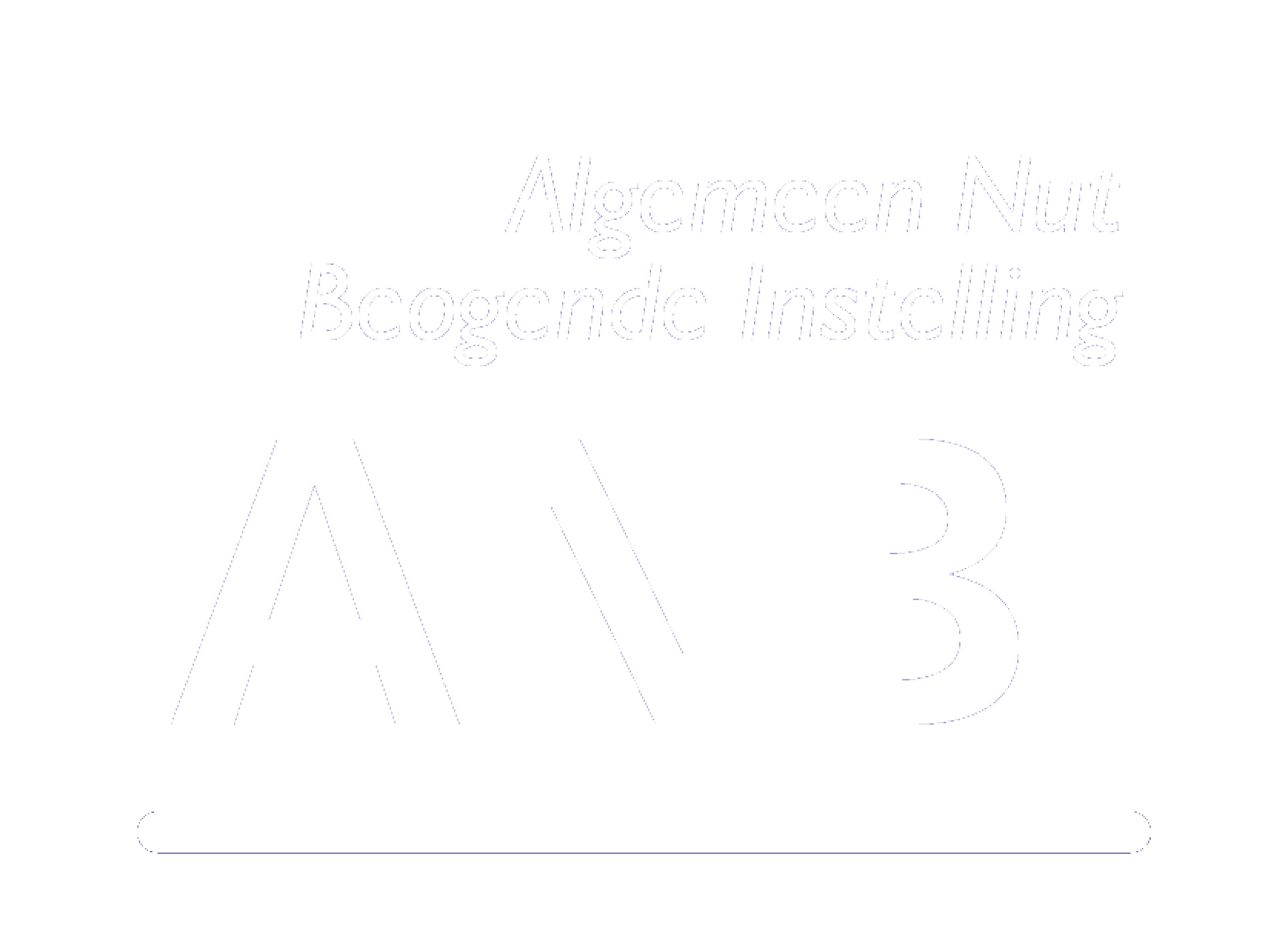Amsterdam, 29 October 2019 – Some of the plastic waste that citizens separate for recycling ends up in countries such as Malaysia or can end up – even within the EU – in illegal landfills. There is hardly any recycling. Since China closed its doors to the import of plastic waste in 2018, the problems of reuse are piling up. The main reasons for this are: the quantity of plastic waste continues to increase, there is too little recycling capacity and there is no control over trade.
What happens to the collected plastic?
In the Netherlands, we produce around 73.2 kilos of plastic waste per person per year. The separated plastic is collected and ends up in a sorting company. New plastic products are made from some of them. According to the TV broadcast Plastic Plague by De Monitor, an estimated 38% falls into the residual ‘mix’ category. That part is traded, partly abroad, and other companies can still extract some valuable components from it. But what happens to the part that nobody can use? This cannot be controlled. Earlier this year, research agency CE Delft published the report Plastic Use and Processing of Plastic Waste in the Netherlands and concluded: ‘Until recently, separately collected plastic was exported to China. This plastic that was offered for recycling is counted as recycled in the waste statistics by the Packaging Waste Fund. It is unclear whether these packagings have actually been recycled and under what conditions’.
Revealing documentaries
After China closed its doors, trade flows shifted to other Southeast Asian countries. Malaysia is flooded with containers full of plastic waste under the guise of recycling. De Monitor reported that the country is investigating the origin of seven illegal containers of suspected Dutch plastic waste. Another revealing documentary, by Vox Pop, talks about 1660 illegal Polish landfills of mainly German plastic waste. The number of illegal landfills is also increasing in countries like France and Italy, because there is no processing capacity and because the waste can no longer be exported.
Health damage
In order to get rid of the illegally dumped plastic, the landfills are regularly set on fire. The perpetrators are unknown. The local population suffers as a result of the hazardous substances released. The health risks of burning plastics were demonstrated by Susan Shaw at the Plastic Health Summit earlier this month.
Photo: Malaysian environment minister Yeo Bee Yin is standing next to a container of western plastic waste. EPA-EFE.
Read also – Do we get sick from burnt plastic?





